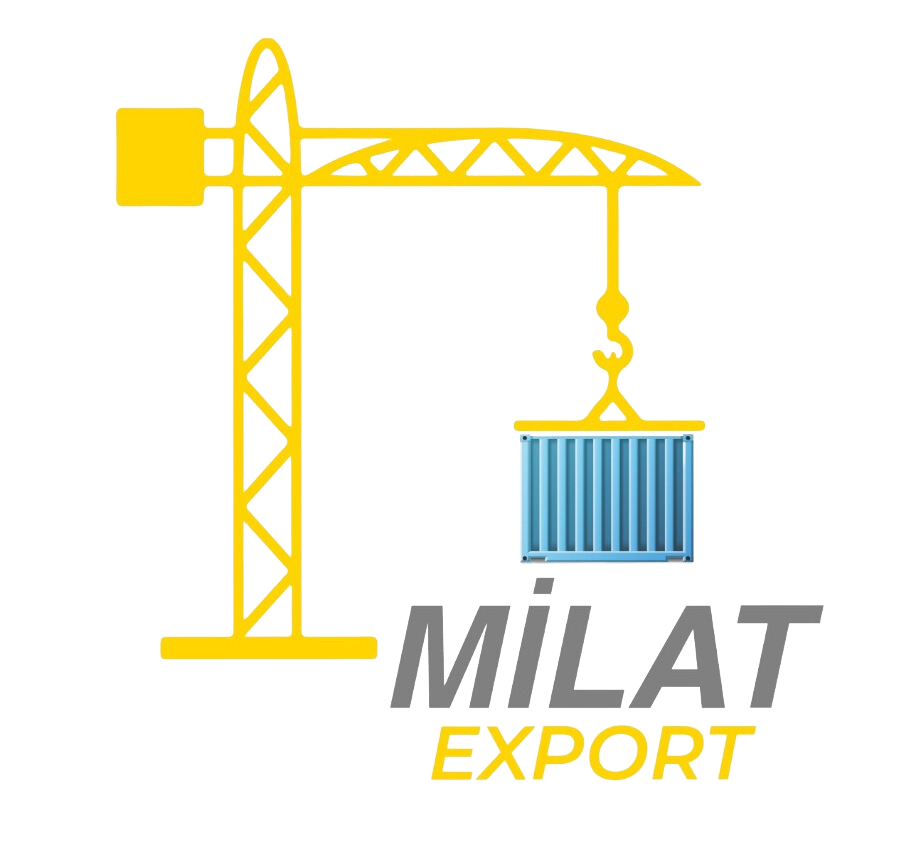
When entering new markets for exporting products, it is crucial to conduct thorough Export Market Research to ensure success in the venture. This involves gathering data and analyzing information related to potential markets to make informed decisions.
One important aspect of Export Market Research is identifying target markets where there is demand for the products being exported. This can involve looking at demographics, consumer behavior, and economic indicators to determine the best potential markets for expansion.
Another critical component of Export Market Research is analyzing market trends to understand the current landscape and predict future developments. By studying trends in the export market, businesses can tailor their strategies to capitalize on opportunities and mitigate risks.
Identifying target markets
When conducting Export Market Research, one of the key steps is identifying target markets. This involves determining which countries or regions are the most suitable for exporting your products or services to. It’s crucial to consider factors such as market size, growth potential, competition, and cultural fit.
One way to identify target markets is by analyzing market trends. By looking at data such as import/export volumes, consumer preferences, and economic indicators, you can gain insights into which markets are the most promising for your business. Another important aspect is researching competitors’ strategies to see where they are successful and where there may be gaps that your company can fill.
Understanding cultural differences is also essential when identifying target markets. Different countries have different customs, languages, and buying behaviors, so it’s important to tailor your marketing and sales strategies to each market. By assessing demand for your products and exploring export regulations, you can further narrow down your target markets and ensure a successful export strategy.
Analyzing market trends
Market trends play a crucial role in guiding businesses on their decisions regarding product development, marketing strategies, and overall growth. Understanding market trends involves analyzing the patterns of behavior of consumers, industry movements, and economic indicators to make informed decisions. By keeping a close eye on market trends, businesses can anticipate changes in demand, adjust their pricing strategies, and stay ahead of the competition.
When conducting Export Market Research, it is essential to analyze market trends in the target markets to identify potential opportunities and challenges. Businesses need to stay updated on the latest consumer preferences, technological advancements, and regulatory changes that could impact their export activities. By analyzing market trends, businesses can tailor their products and marketing strategies to meet the specific needs of customers in different markets.
In order to effectively analyze market trends, businesses can use tools such as industry reports, market surveys, and data analytics. These tools can provide valuable insights into consumer behavior, competitor strategies, and overall market dynamics. By leveraging these tools, businesses can make data-driven decisions that can help them maximize their export potential and achieve sustainable growth in international markets.
Researching competitors’ strategies
When conducting export market research, it is essential to thoroughly analyze and understand your competitors’ strategies. This can provide valuable insights into the market landscape and help you differentiate your products or services. One effective way to research competitors’ strategies is to analyze their pricing strategies, product offerings, marketing tactics, and target markets.
By identifying your competitors’ strengths and weaknesses, you can develop a competitive advantage and position your business more effectively in the market. Additionally, researching competitors’ strategies can help you anticipate potential threats and opportunities in the market, allowing you to make informed decisions and adjust your export strategy accordingly.
Creating a table comparing your competitors’ key strategies can be a useful tool to visually organize and analyze the information you gather. This will enable you to identify trends, patterns, and areas where you can capitalize on opportunities or address weaknesses in your own strategy.
Understanding cultural differences
When conducting export market research, it is crucial to have a thorough understanding of cultural differences in order to successfully enter new international markets. Cultural differences encompass a wide range of factors including language, customs, beliefs, values, and social norms that vary from country to country. These differences can greatly impact the way business is conducted and the success of your products or services in a foreign market.
One way to gain insight into cultural differences is by analyzing market trends in the target market. By examining consumer behavior, preferences, and purchasing habits, you can identify cultural nuances that may influence the demand for your products or services. Additionally, conducting research on competitors’ strategies can provide valuable information on how cultural differences are being navigated by other companies in the market.
By assessing demand for products and exploring export regulations in conjunction with a deep understanding of cultural differences, businesses can develop effective strategies for entering new markets and establishing a strong international presence. This comprehensive approach to export market research will not only help companies expand globally but also ensure long-term success in the increasingly competitive international business landscape.
Assessing demand for products
When conducting Export Market Research, one of the crucial aspects to consider is assessing the demand for products in the target market. This involves analyzing the current market trends, understanding consumer preferences, and identifying potential opportunities for your products or services.
By conducting thorough Export Market Research, businesses can gather valuable insights into the needs and wants of consumers in different regions. This information allows companies to tailor their marketing strategies and product offerings to meet the specific demands of each market.
Utilizing tools such as surveys, focus groups, and data analysis, companies can accurately gauge the level of demand for their products in various markets. This information is essential for businesses looking to expand into new territories and grow their international presence.
Exploring export regulations
When engaging in Export Market Research, it is crucial to thoroughly explore export regulations to ensure compliance and avoid any potential legal issues. One important aspect to consider is understanding the specific regulations of the target market, as different countries have varying rules and requirements for importing goods.
Conducting export market research involves analyzing the policies and procedures related to exporting products to a particular country. This may include tariffs, trade agreements, labeling requirements, and any restrictions on certain products. It is essential to stay updated on any changes in export regulations to adapt your business practices accordingly.
Creating a table outlining the key export regulations for each target market can help you easily reference the information and ensure compliance. Additionally, maintaining a list of important export regulations in each market can streamline the process and prevent any potential oversights.
Coordonnées de contact
AdresseMaslak, Meydan Sokak Beybi Giz Plaza Sarıyer/İstanbul
Tel:+905079516149
Email:[email protected]
Support 7j/7, 24h/24

